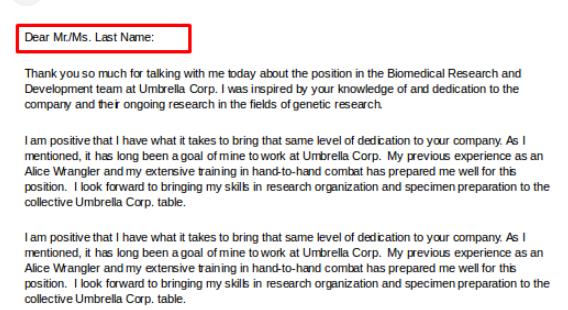How to Create an Effective Meeting Agenda?
Creating an effective meeting agenda is critical to the success of any meeting. The right agenda maximizes meeting efficiency, ensures clear communication, and drives actionable results. In today’s fast-paced work environments, where about 35-50% of the average professional's time is spent in meetings, optimizing this time is essential for productivity. Here’s how to design an agenda that keeps everyone on track and focused.

Define Clear Objectives
Start with the end in mind: Every effective meeting begins with a clear objective. What are you hoping to accomplish? Whether it's decision-making, brainstorming, or strategic planning, the agenda should reflect these goals. Defining clear objectives not only guides the discussion but also provides a benchmark against which to measure the meeting's success.
List Agenda Topics as Questions
Frame topics as questions: Instead of vague agenda items, frame each topic as a specific question to be answered. This technique clarifies what needs to be discussed and helps keep the meeting focused. For instance, instead of listing "Marketing Strategy," write "How can we adjust our marketing strategy to increase engagement by 20% in Q4?"
Allocate Time for Each Item
Time is of the essence: Assign a realistic amount of time to each agenda item. This helps manage the meeting pace and ensures that all topics get the attention they deserve. Surveys suggest that an ideal meeting length is between 45 to 60 minutes, so plan your agenda to fit within this timeframe, or risk losing participants' focus.
Prioritize the Agenda
Order matters: Structure the agenda by placing the most critical items at the beginning. This ensures that key issues get addressed while everyone is still fresh and engaged. As fatigue sets in, it becomes harder to make decisions or engage deeply with complex topics.
Include Participants and Roles
Assign roles: Who is responsible for leading each part of the agenda? Assigning roles increases engagement and accountability. Include a mix of presenters to keep the meeting dynamic and interactive. Knowing their roles in advance allows participants to prepare, which can significantly enhance the quality of the discussion.
Prepare to Be Flexible
Adaptability is key: While it’s important to stick to the agenda, effective facilitators know when to adapt based on the meeting’s flow and the participants' contributions. If a particular item sparks important discussion, be prepared to adjust the agenda to give it more time, redirecting less urgent topics if necessary.
By mastering these techniques on how to create an effective meeting agenda, you can transform your meetings from time-consuming obligations into productive, purpose-driven gatherings. An agenda that is thoughtfully prepared and strategically structured not only maximizes time but also enhances participant engagement and leads to more decisive actions and outcomes.
